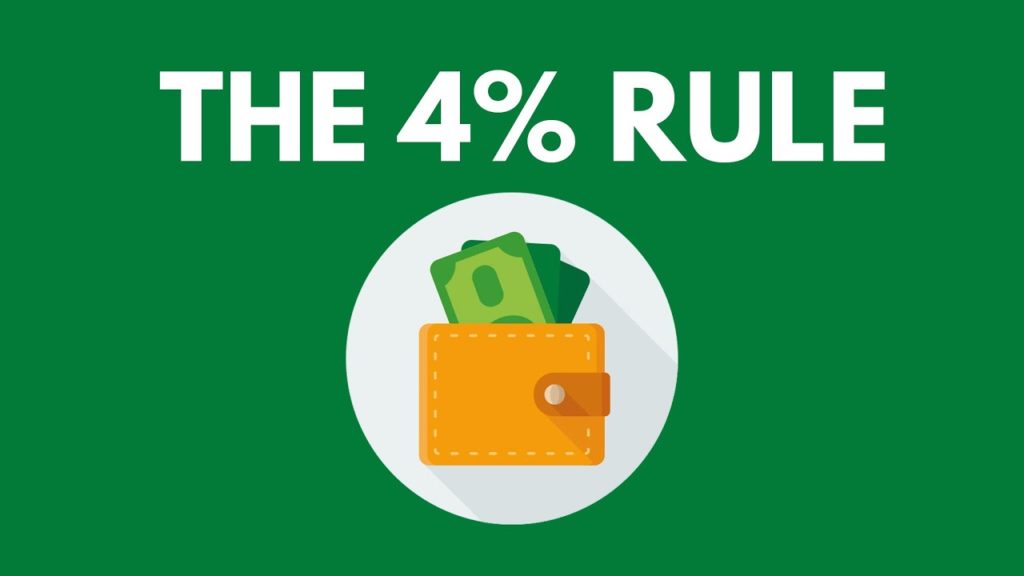
04 Aug The 4% Rule
Every now and then, there are ideas and so-called rules of thumb about retirement planning that creep their way into the mainstream consciousness and then back into oblivion. Sometimes, however, they linger no matter how inaccurate they might be, like undesirable guests at a party who outlast their welcome. This is exactly my opinion about the 4% rule.
The Genesis of the 4% Rule
Approximately 25 years ago, a planner named Bill Bengen penned an article called Determining Withdrawal Rates Using Historical Data. This was the first time that anyone had suggested a paradigm of withdrawals for a smooth glide path in retirement. The implication was made that 4% was a “safe” withdrawal that would ensure the retiree wouldn’t run out of money. Keep in mind this was the early 90’s, when academic papers of this kind were scarce, and there was a belief that the “stock market” could deliver an average of 7%. The theory was, if you make 7% and only withdraw 4%, your money kept growing. Around the same time, Peter Lynch (yes, that Peter Lynch) was suggesting 7% was a safe withdrawal rate.
What is the Desired Withdrawal Rate?
A comfortable withdrawal rate is one that is derived after taking into consideration the following factors:
- Life expectancy
- Living expenses in retirement, discretionary & non-discretionary
- Assets starting with and projected growth rates.
- Income& savings rates
- Inflation rate
As you can see, this is a much more complicated answer than a specific rate that can be thrown out as a rule of thumb, as if one size could fit all. In fact, it is a factual and more scientific answer, because everyone is different and one size does not fit all.
It has been said that some folks spend more time planning a 2-week vacation than they do their retirement, which could last over 3 decades. Do you have a roadmap for this long trip?
The only way to feel comfortable about your retirement is to test the numbers using a variety of assumptions, subjecting them to scientific methods and analyses that will flush out and expose risks, and identify opportunities along the way.
We would strongly encourage to abandon the use of rules of thumb. Your unique withdrawal rate is whatever makes you feel comfortable. We work to separate fact from fiction, probable from unlikely, emotion from science.
How can we help you? Let’s talk about your goals — and what you, your family and your business need to thrive.


